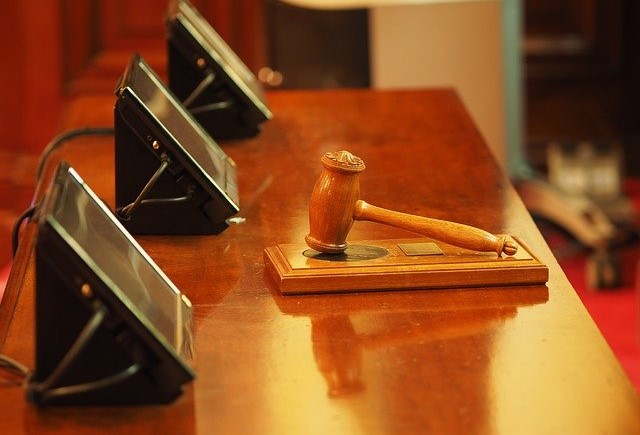A patent is one form of intellectual property rights and means the title granted to protect an invention. The World Intellectual Property Organization (WIPO) defines “Intellectual property” (IP) as “creations of the mind, such as inventions.
Intellectual property therefore refers to “intangibles”, i.e., products of the intellect that are owned and legally protected by a company or an individual from unauthorised third party use or exploitation.
Intellectual property rights” (IPRs) are specific rights that permit their holder to exercise a monopoly on the use of the item(s) protected by such rights for a specified period of time.
The world is currently transitioning from what is categorised as the Third Industrial Revolution to the Fourth Industrial Revolution (4IR). The progression to the 4IR has been driven by many factors, key among them is the over reliance on advanced digital technologies such as big data, artificial intelligence, robotics, machine learning and the internet of things interact. Behind the scenes, the engines powering the above digital technologies are the computer programmes/ applications.
Generally speaking, computer applications are all creative inventions, that is to say, artistic products of the mind. They clearly fall within the category of Intellectual Property. The biggest dilemma however, that preoccupies most computer applications developers, is the question over, what type of Intellectual property rights to obtain in relation to their computer programme/ application?
While most developers may not have a deep understanding of the different IPRs, there has been a common trend of most developers in Uganda making inquiries around the possibility of patenting their computer programmes. This write up is therefore intended to give a brief over view of the issues that are pertinent to such an endeavour.
It’s imperative to note that ideas generally, can neither be patented nor protected under any other form of IPRs. It is therefore important for developers to understand that their unique or novel ideas per se, will not grant them any intellectual property protection unless such ideas have been manifested or expressed into one of the protectable IPRs.
In order for one to successfully apply for a patent and to be protected, an applicant needs to meet the following requirements as stipulated by the Industrial Property Act of 2014;
- Novelty-The invention/ innovation should not be disclosed in any publication anywhere. This means for example that, the use of an open source code in the development of the computer programme or in the most important function of it will automatically defeat the application.
- Inventive step- the new product or process should not be obvious to a person skilled in the art. The purpose of the inventive step, or non-obviousness, requirement is to avoid granting patents for inventions which only follow from “normal product design and development”.
- Industrial step- the invention can be made or used in some kind of industry or services.
Suffice to note, then, that mobile and computer programs/ applications are generally speaking, eligible for patent eligibility and patentability but subject to a rigorous examination process to test the particular application against the above parameters. From a technical standpoint, patents can thus protect systems, methods and functions within a particular mobile or computer application, such as user-interface features, editing functions, compiling techniques, or program language translation methods. These methods and functions however, are also subject to the above three requirements or parameters set under the law.
Whereas this overview is not intended to provide any legal advice, it is incumbent upon the developers to understand fully the fundamentals, processes and functionalities and architecture of their products. As the digital world seems to be embracing patents over copyrights, it is important for the computer developers to prepare their products for the Intellectual Property world of the 4IR.
It is therefore important for any inventor seeking for a patent over his or her mobile or computer application, to analyze it structure, functions and processes in a bid to affirmatively answer the above parameters. It is also advisable to obtain more specific advice from a knowledgeable lawyer. Lastly, it is important for the computer application developers to put in place interim measures to protect their applications from infringement, especially at the development and marketing phase through the use of acceptable Non- Disclosure Agreements.



